What is Microphone?
Microphone is an input device that converts audio or any sound vibration into electric signals, and saves the audio in digital or analog format. It was invented by E. Berliner in 1877 and used a diaphragm made up of liquid connected by a needle to convert audio signals. Nowadays, microphones are incorporated in almost all mobile phones, laptops, and computers. They even come with built-in microphones. The purpose of the microphone is to record conversations, speech, or music. It is designed to record the sound rather than produce its own.
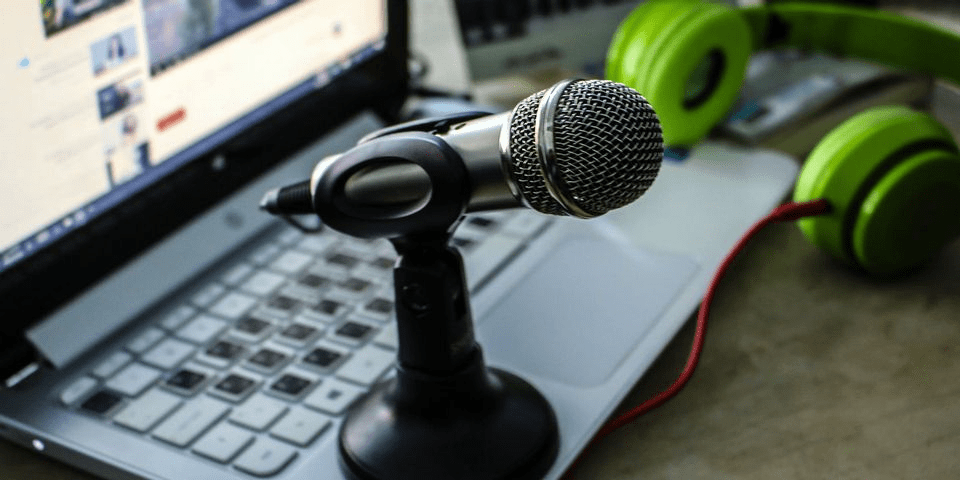
Each microphone is specifically designed to serve a particular purpose. The main purpose is to record the sound but what is to be recorded is also equally important. What is being recorded is determined by the directionality of the microphones. Based on directionality, the microphones can be classified into two types:
- Omnidirectional Microphones: This allows the user to record all the sounds in a surrounding, but it lacks noise cancellation, which means that they cannot focus the sound from a particular source.
- Bidirectional Microphones: Bidirectional microphones allow users to record sounds from two ends; they are best suited for recording interviews.
The user can also use two unidirectional microphones instead of one bidirectional microphone to fulfil the same purpose.
History of Microphones
The 1600s: Microphones are always associated with recording sounds, songs, or as an entertainment device. The development of the microphone began with scientists' attempts to magnify the primary sound.
1665: It was the 19th century when the word microphone was first used; by 1665, Robert Hooke could broadcast audio signals over a large distance. It was done by using a string phone.
1827: The first major step in developing the microphone was taken by Charles Wheatstone. He was a physicist who researched various domains. He also worked on the transmission of sound waves in various mediums. His curiosity led him to develop a device that enabled the user to amplify the low sounds and called this device the microphone.
1876: E. Berliner is known for his invention of the gramophone and its record, but he was also behind the development of the microphone. He not only developed the first microphone that used a liquid diaphragm, but he also made changes to the previously existing technologies such as the telephone by adding a voice transmitter to improve the sound transmission.
1878: After developing the liquid microphone, British-American music professor David Hughes developed the first carbon microphone. They are still used in various industries.
1915: There was an improvision made in the previous microphone by introducing a vacuum tube amplifier. It allowed the user to enhance the volume of the device.
1916: E.C. Wente developed used a capacitor to develop an electrostatic microphone. This improved the sound quality of the telephones but had a reverse effect on the microphone.
The 1920s: With radio gaining popularity in the 1920s, the demand for good microphones increased drastically. The RCA company develop the ribbon microphone to satisfy this demand.
1928: Georg Neumann developed the first-ever condenser microphone available for sale in the market. Its shape resembled that of a bottle. This device led to an increase in the popularity of George Neumann and Corporation.
1931: The dynamic microphone was launched in the market.
1957: Raymond Litke developed the wireless microphone; this device was specifically built for use with radio or television, and he filed a patent for the device.
1959: This was the first true unidirectional microphone developed to record a particular sound. It ignored all the noise that came from around the microphone. It only recorded the sound that was directly above the microphone.
1964: Electret microphone was developed by James West and Gerhard Sessler. This microphone model was reliable, and it ensured a greater precision in the recording of sound. The manufacturing cost of this microphone was quite low, and it was easy to manufacture, making it an ideal product for the market. It was also smaller than the previous versions of microphones.
The 1970s: Advancements were made in both condensers and dynamic mics, improving the quality of sound recorded in the microphone. Even the low sound could be recorded using these microphones equipped with the newer versions of the mic.
1983: It was the first time the microphone was introduced with a mic that enabled it to amplify the sound and record it; it had a clip attached that could be used to hold the mic near the speaker's mouth by attaching it to his clothes.
In the 1990s: Neumann Corporation introduced a new design for the condenser microphone; this model exceeded the quality. It was specifically designed to be used during the live performance, so the company ensured that it was of the best quality with a great design.
The 2000s: Micro electro-mechanical microphones gained popularity as they were easily portable. They were equipped with headsets, laptops, and systems too. Portable mics also became popular. Many portable devices were introduced in these decades, such as wearable devices, smartwatches, etc.
2010: This year, high-quality microphones were launched in the market that could be stuck to a spherical object and record the sound coming from all directions.
Present: Even till now, advancements have been made in the field. New models of microphones are launched with improved quality.
Enhancement in the Technology
- Since the development of the first microphone, many changes are done to the microphones to improve the quality of sound and reduce the size of the microphone.
- The first microphone was called the liquid microphone because the diaphragm was made up of liquid; it had a needle used to record the sound produced in the surrounding. Later the liquid diaphragm was replaced with a metallic sheet.
- Carbon microphones were equipped on the telephones for better reception of the call. Carbon was used to develop the microphones because of the variable resistance; it was pressured between two metals placed and then converted the sound waves into electrical signals.
- Condenser microphones are similar to carbon microphones; the difference is that instead of using the variable resistance of the carbon, these microphones use the varied charger that is stored in the capacitor. The diaphragm act as the wall of the capacitor. The wall of the capacitor is connected to the battery and has a fixed charge associated with it. This wall is responsible for increasing the intensity of the signal. They were used in electronic devices such as phones, laptops, and computers.
- Crystal Microphones utilize a crystal that can generate a piezoelectric effect when compressed by the diaphragm. This property is used to convert the audio into electrical signals; every time a sound is produced, the diaphragm is compressed, which produces a small electric current. Thus, enabling the user to record the sound.
- Dynamic Microphones have a freely suspended coil between two magnets, thus creating a magnetic field around the coil. This coil is connected to membranes that are responsible for generating frequency response. It used electromagnetic induction to convert the vibrations into electric signals. They were used in live concerts and performances.
- Laser microphones record the sound from the surface, and they can also record sound originating from a distance. It can record the sound from all directions, and these vibrations are converted into sound signals which are then translated into electrical signals.
Functions Performed by a Microphone Equipped in the Computer
- It is used to record the surrounding voice.
- It can be further used to identify different voices.
- It also enables the user to record music in the system.
- It can be used while playing multiplayer games on the computer.
- It allows the user to communicate over the internet using applications like skype.
- It can be used for communication during live streams.
Working of a Microphone
When a sound is produced, it produces energy in sound waves. When this sound wave collides with the diaphragm, a diaphragm is a very thin membrane usually made up of plastic; it is attached so that it can perform a to and fro motion when it collides with a sound wave.
It is attached to a coil that is suspended in a magnetic field. When the diaphragm moves, it causes a motion in the coil. Thus, producing electric current due to electromagnetic induction.
This electric current is passed to the microphone, which then uses it to record the sound, and then this current is sent further to the drive used to store the sound in the system permanently.
Types of Microphones
There are various types of microphones depending on the directionality and structure of the microphone. Let us discuss each type individually.
Omnidirectional Microphone
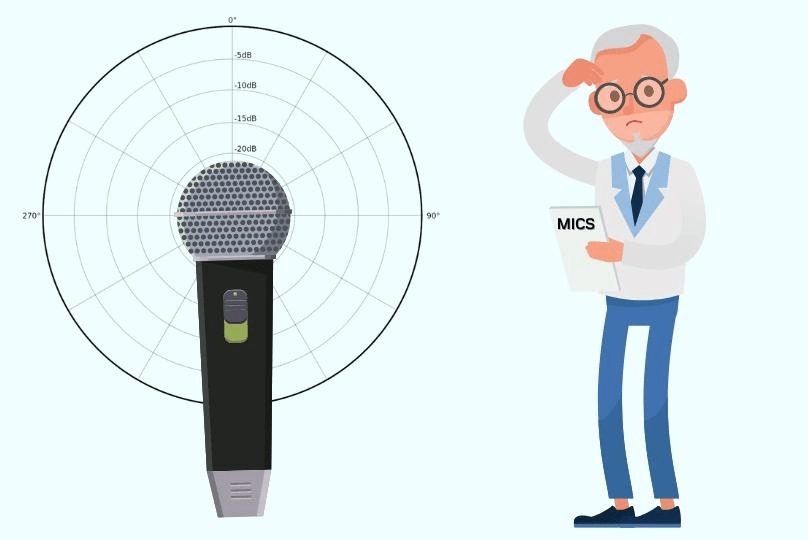
As the name suggests, omnidirectional means from all directions. These microphones record the sound from all directions. It is not possible to focus on a particular sound using these microphones as it records all the voice within a specific range no matter from which direction it originates. These microphones are used during music recording, where it is necessary to record all the sound, including the voice of the singers and the sound of various musicians.
Unidirectional Microphone
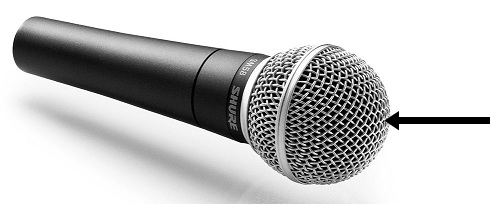
They are the complete opposite of the omnidirectional microphone, as the user can record the sound from only one specific direction. It only records a voice when directed in a particular direction. This microphone is of great use when delivering a speech or during a podcast. It records maximum sound when the source is just in front of the microphone.
Close-Talk Microphone
This microphone is designed to reduce the surrounding noise usually recorded in other microphones. The user needs to keep it close to the sound source while recording.
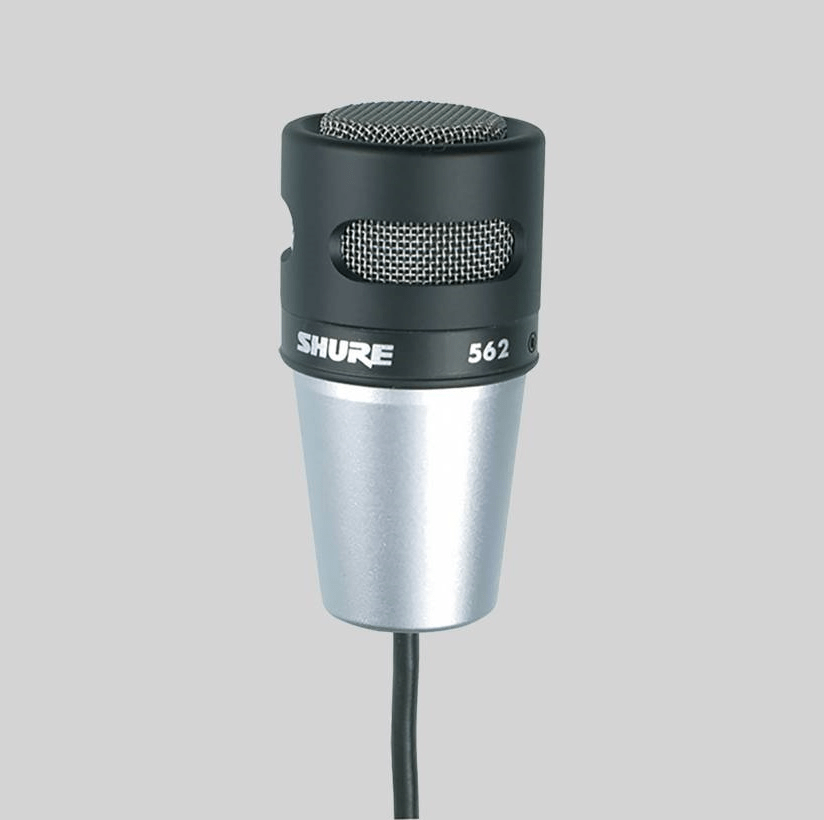
They are equipped with phones, Bluetooth headsets, and other devices that help while communicating. This microphone works as a noise cancellation device; it has a hum-bucking coil that reduces the surrounding noise and ensures high-quality voice recording. It is specifically used with voice recognition software.
Bidirectional Microphone
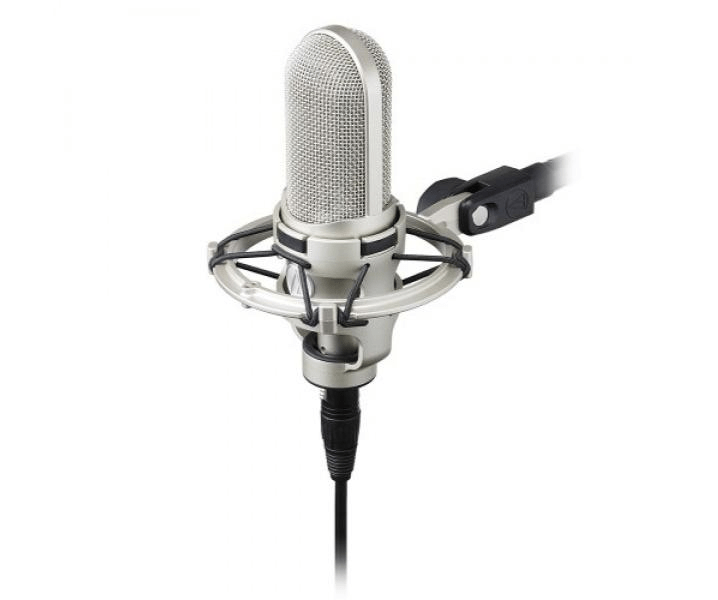
Clip-on Microphone
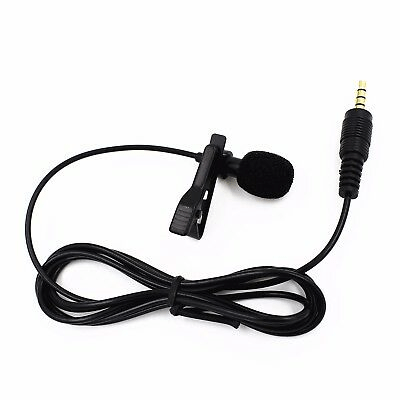
It consists of eight microphones that are arranged in a manner that they can perceive sounds with high sensitivity. The source of the should is either forward or at the backside of the microphone. This microphone is useful when the user needs to record communication between two people, such as during a session or an interview.
It is also called body-mic or the collar mic as the user attaches it to the clothes to keep it close to the mouth. It is used during public speaking, theatre or live interview, or concerts. It is useful when the user does not want to hold the mic in their hands.
Parts of Microphone
Microphones are sensitive devices that are made up of many small components. Several components of the microphone are available for separate sale in the market. Here we will discuss some of the issues that can occur when one of these components does not work properly and how to solve the issue.
Wind Screen: This is a component of the mic of the microphone. It is the external component of the mic that is located below the circular barrier of the mic. It is made up of thin foam that ensures the best sound quality is produced. It prevents the rushing wind from entering the diaphragm so that no extra noise is recorded. There can be an issue in it when performing outdoor to prevent that they have an extra pop filter.
Diaphragm: This plays the role of an eardrum; when a sound wave enters the microphone, it hits the thin membrane that causes it to vibrate. This membrane is called the diaphragm. It converts the sound waves into electrical signals.
Magnetic Core: This is only present in dynamic microphones. The core is responsible for creating a permanent magnetic field in which the coil is freely suspended. This is used in microphones where electromagnetic induction produces electrical signals.
Coil: This is also present in dynamic microphones. The coil is attached to the diaphragm. When the signal collides with the sound wave, the diaphragm vibrates too. This causes a movement in the coil. It elongates and compresses in the magnetic field, which charges the coil and thus produces the electric current.
Capsule: It is the component responsible for converting the vibration from the sound into electrical signals recorded in the memory. Some microphone has capsules to perform this work while some don't. Some microphones provide an option to absorb the power from the mixer of the microphone by enabling phantom power from the setting. It can only be used when the microphone requires that reserve power.
Body: The quality of sound depends largely on the microphone's body. It even determines the lifespan of the microphone. It is responsible for holding the various components of the microphone. The quality of the material should be good. It protects the internal components from any external impact. It reduces the effect of the external environment on the microphone.
Output: This is located on the microphone's body and is responsible for connecting the microphone with the mic. They provide a port to plug the mic into it. Usually, we connect the XLR wired to the output, which is responsible for sending the stereo signals. The length of the cable may vary and depend upon the user's need. Some microphones even have cables already connected to the output.
Checking whether a system is equipped with a microphone or not
Two types of microphones can be used with the computer:
- Internal Microphones
- External Microphones
Internal Microphones: They usually come inbuilt into the computer. They are usually located on the bezel of the system. They are not visible to the eyes as they are enclosed in the system, and only the holes that allow the sound to pass through them are visible from the outside. Generally, a picture of the mic or a microphone is engraved on the system representing the location of the microphones in the system.
External Microphones: They are purchased separately and usually don't come with a system. There can be connected to the system using the sound card or the USB port. The sound card is located on the system's CPU; the speakers are also connected to this port.